17 Rock Goddesses You’ll Recognize the Moment You See Them
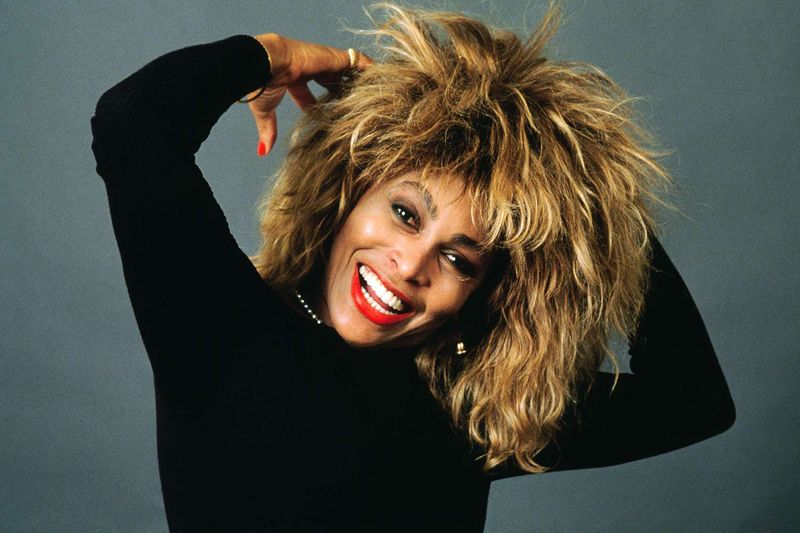
Female rock vocalists have been breaking barriers and captivating audiences for decades with their powerful voices, magnetic stage presence, and boundary-pushing artistry. These women didn’t just sing rock music—they revolutionized it, bringing unique perspectives and vocal styles that forever changed the landscape of music. From soulful blues-rock pioneers to modern alternative icons, these unforgettable voices have left an indelible mark on rock history.
1. Janis Joplin
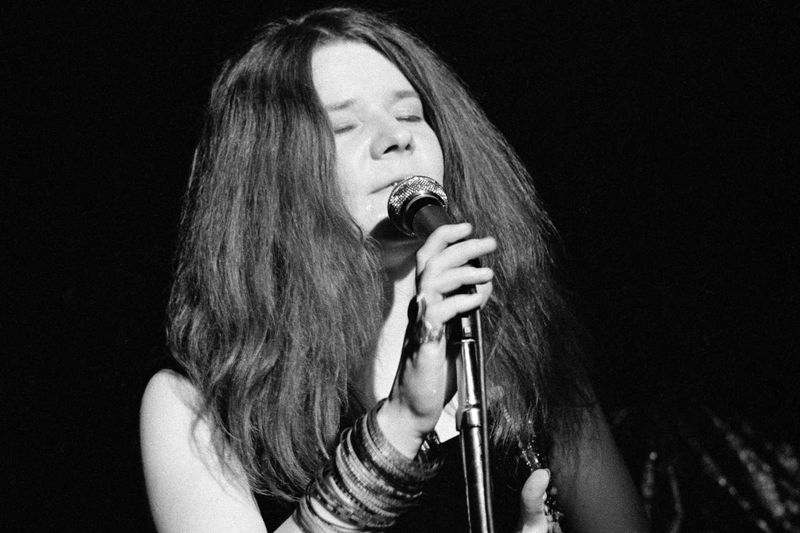
Her gravelly, emotion-drenched voice could make listeners feel everything from heartbreak to ecstasy in a single note. Emerging from the 1960s San Francisco music scene, Janis brought an unprecedented intensity to rock that still gives goosebumps today.
Though her life was tragically cut short at 27, her legacy lives on through classics like “Piece of My Heart” and “Me and Bobby McGee.” Few performers have matched her authentic, uninhibited stage presence.
Fun fact: Despite her wild rock persona, Janis was a bookish, artistic teenager who faced cruel bullying before finding her voice in the counterculture movement.
2. Stevie Nicks
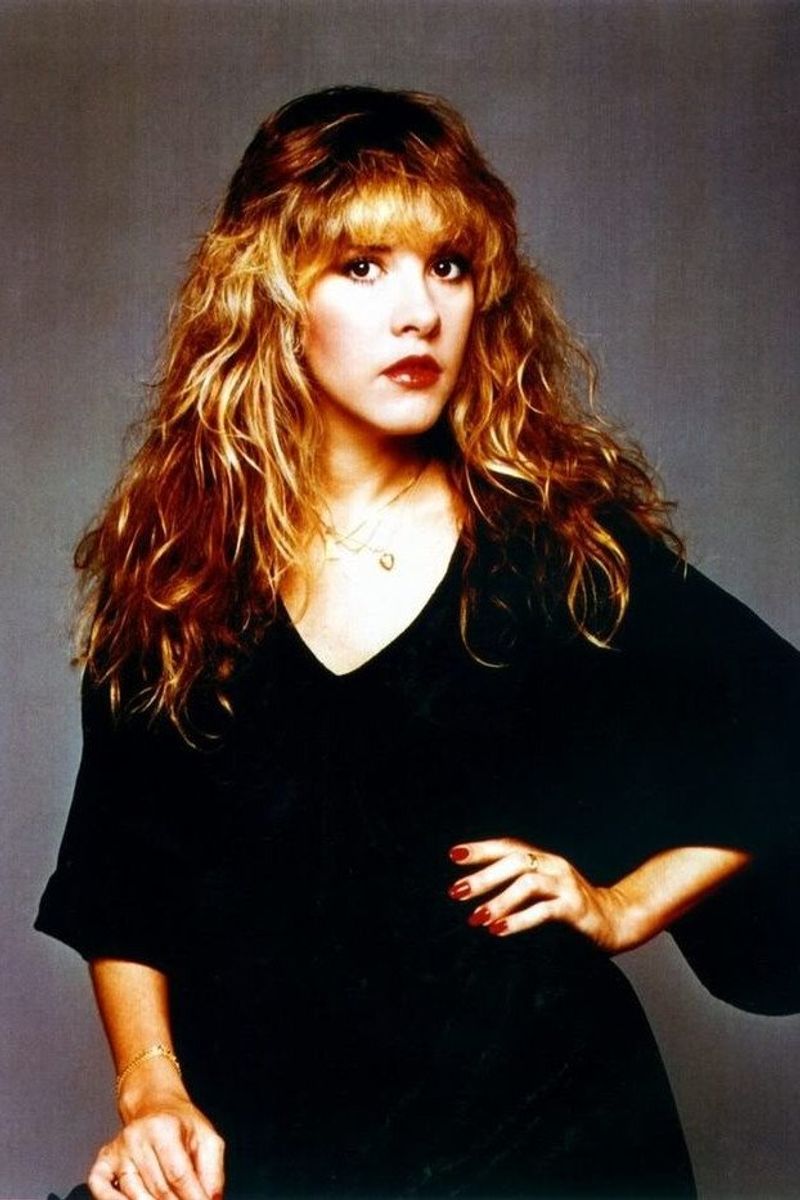
Flowing scarves, twirling on stage, and that unmistakable husky voice—Stevie Nicks transformed Fleetwood Mac and rock itself with her mystical energy. Her songwriting brilliance shines through timeless hits like “Rhiannon” and “Landslide,” songs that feel like musical spells.
Beyond Fleetwood Mac, her solo career cemented her status as rock royalty. The way she blends vulnerability with strength resonates with generations of fans.
Stevie’s bohemian fashion sense—platform boots, shawls, and top hats—created an iconic visual identity as powerful as her music. She remains one of rock’s most enduring and beloved figures.
3. Tina Turner
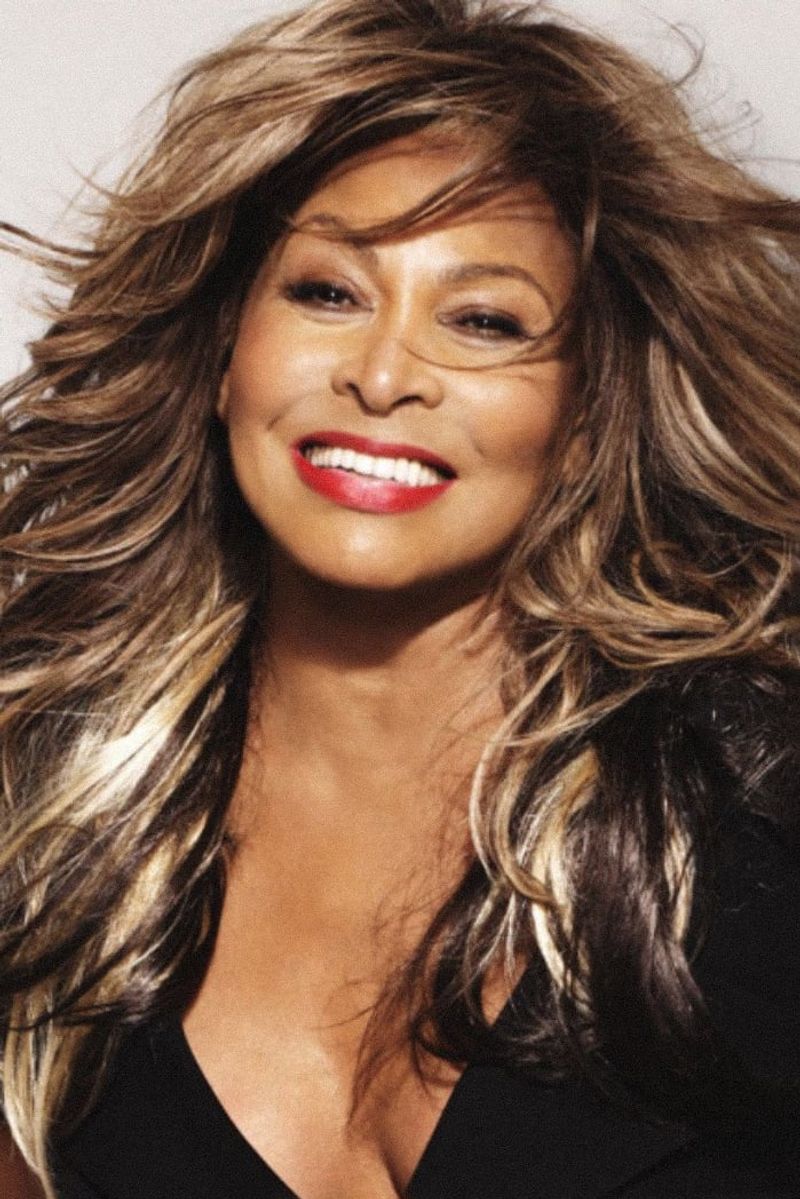
Lightning in human form—that’s Tina Turner on stage. Her gravel-tinged voice and explosive energy redefined what a rock performer could be. After breaking free from an abusive relationship, her 1980s comeback stands as one of music’s greatest second acts.
Those legendary legs, that signature shimmy, and anthems like “What’s Love Got to Do With It” and “The Best” showcased her unmatched star power. No one commanded a stadium quite like Tina.
Her autobiography “I, Tina” revealed the strength behind the sparkle—a survivor who transformed her pain into empowerment. At 50+ she was outperforming rockers half her age, proving her nickname: “The Queen of Rock ‘n’ Roll.”
4. Ann Wilson
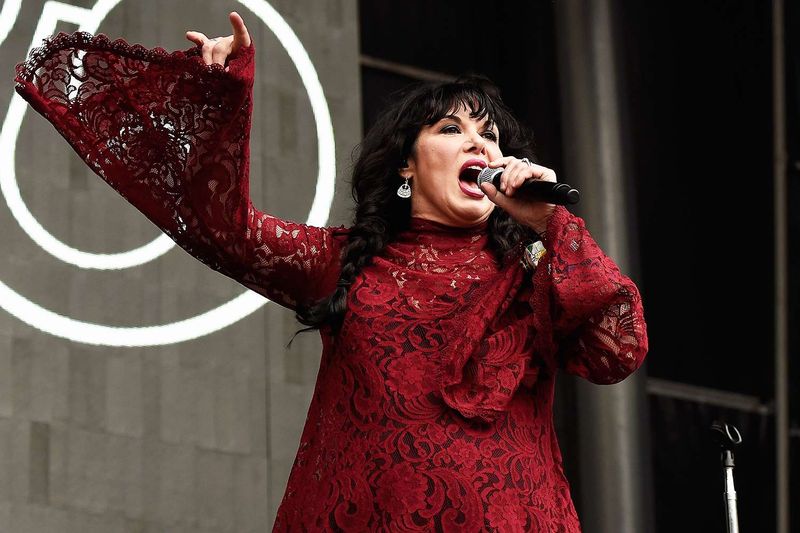
When Ann Wilson hits those high notes in “Barracuda,” it’s like witnessing a force of nature. As Heart’s lead vocalist, she brought a fierce feminine energy to hard rock when the genre was dominated by men.
Her four-octave range can whisper, soar, or roar—sometimes all in the same song. Alongside sister Nancy, Ann helped Heart break barriers as one of the first female-fronted rock bands to achieve massive commercial success.
Songs like “Crazy on You” showcase her ability to convey raw emotion through sheer vocal power. Even in her seventies, Ann’s voice remains remarkably intact, a testament to her technique and passion for rock’s primal energy.
5. Pat Benatar
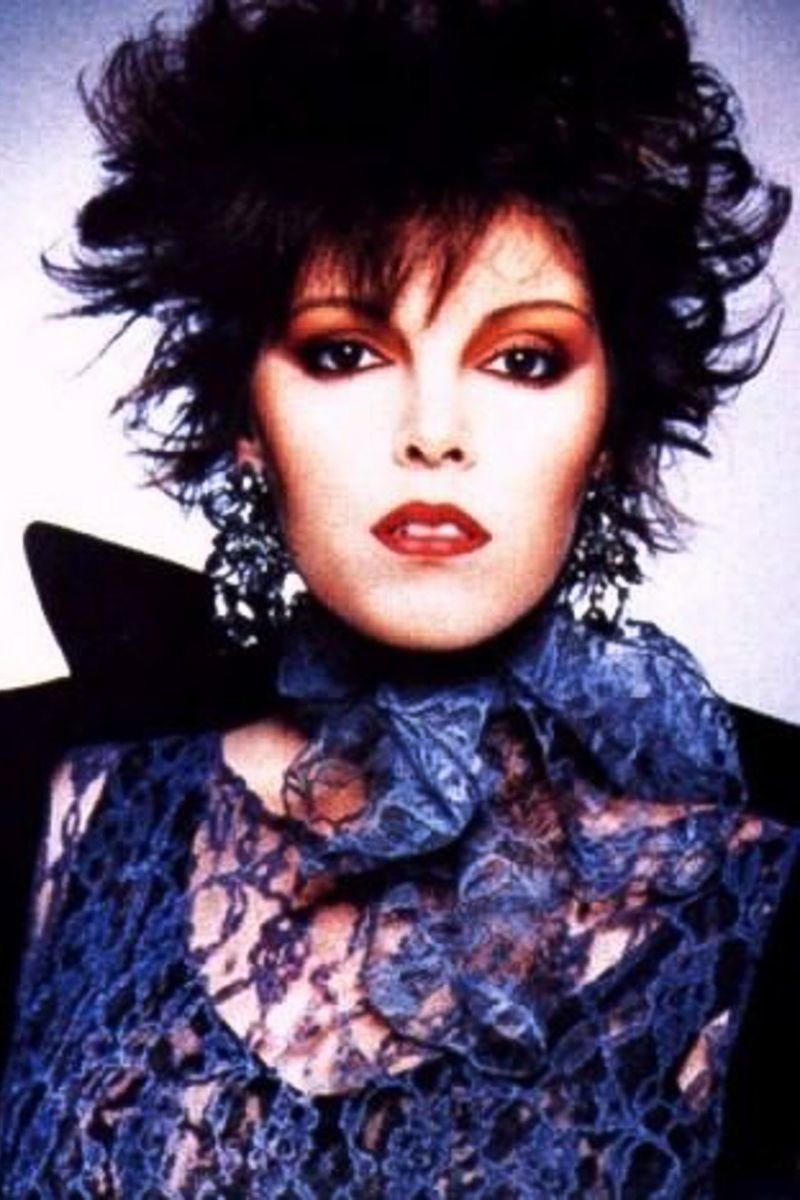
That striking contralto voice cut through the 1980s like a diamond through glass. Pat Benatar’s classically trained vocals brought unexpected technical precision to rock anthems like “Hit Me With Your Best Shot” and “Love Is a Battlefield.”
With her spiky short hair and catsuit-clad confidence, Pat created a visual identity that matched her vocal power. Her partnership with guitarist Neil Giraldo produced a string of platinum albums that defined the MTV era.
Pat refused to be just another pretty face in music videos—she fought for creative control and respect in an industry that often objectified women. Her fierce independence paved the way for generations of female rockers who followed.
6. Grace Slick
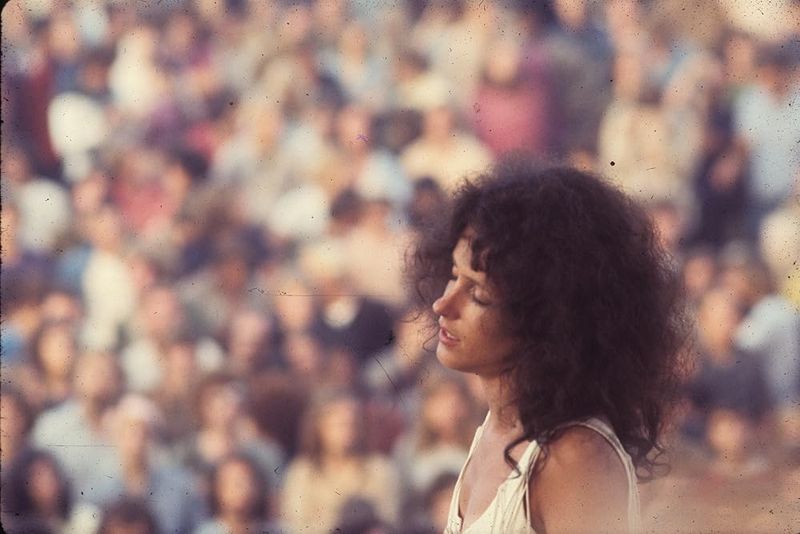
Her haunting, powerful voice defined the psychedelic era through Jefferson Airplane classics like “White Rabbit” and “Somebody to Love.” Grace Slick wasn’t just a singer—she was a presence, with piercing eyes that seemed to look right through conventional society.
Unlike the flower-child image of many 60s performers, Grace brought an edge and intellectual depth to her music. Her background in model drawing and classical training gave her performance style a unique theatrical quality.
At Woodstock and beyond, she embodied the revolutionary spirit of the counterculture. Grace’s unapologetic outspokenness about politics, drugs, and sexuality made her more than a vocalist—she became a cultural icon of liberation.
7. Debbie Harry
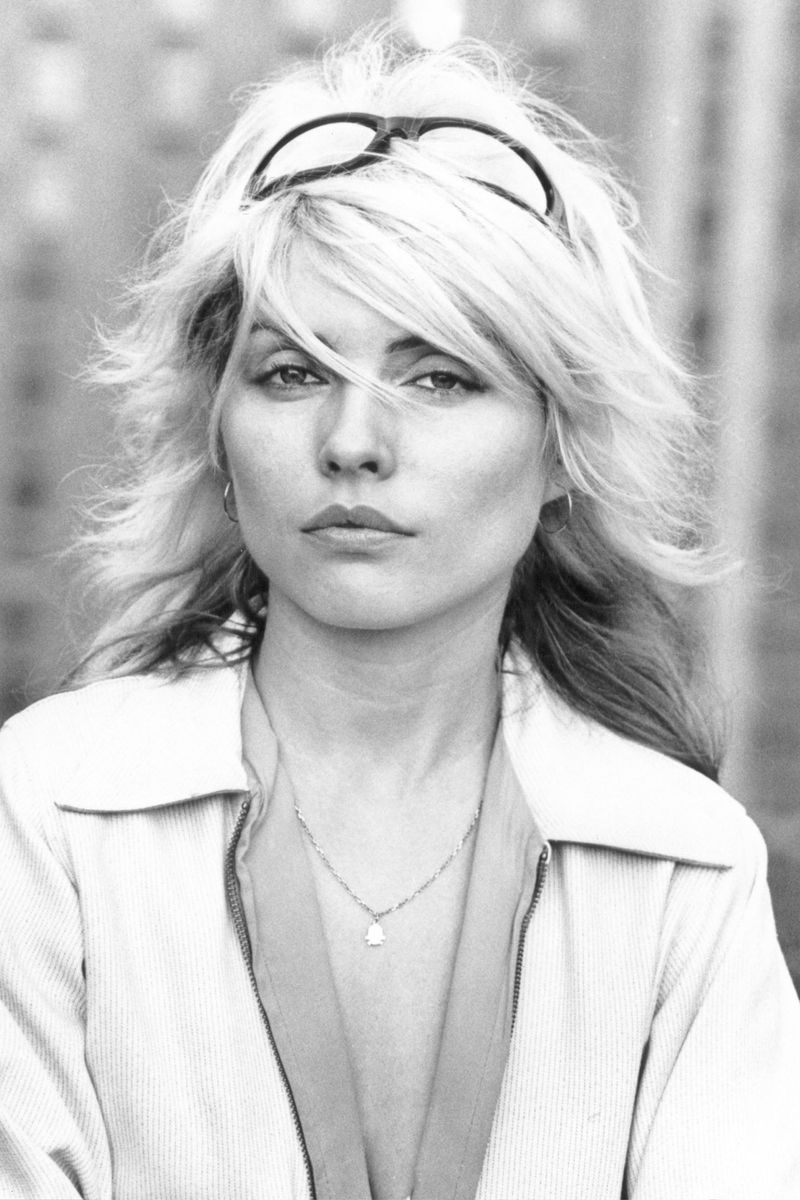
With her platinum blonde hair and deadpan delivery, Debbie Harry created the perfect fusion of punk attitude and pop accessibility. As Blondie’s frontwoman, she navigated between CBGB’s gritty punk scene and mainstream chart success with chameleon-like versatility.
Songs like “Heart of Glass” and “Call Me” showcase her distinctive vocal style—simultaneously detached and passionate. Her fashion sense influenced generations, from her thrift-store punk beginnings to high-fashion glamour.
Beyond her iconic image, Debbie’s willingness to experiment with reggae, rap, and disco helped Blondie transcend the limitations of punk. At 78, she remains the embodiment of downtown New York cool—ageless, fearless, and eternally influential.
8. Joan Jett
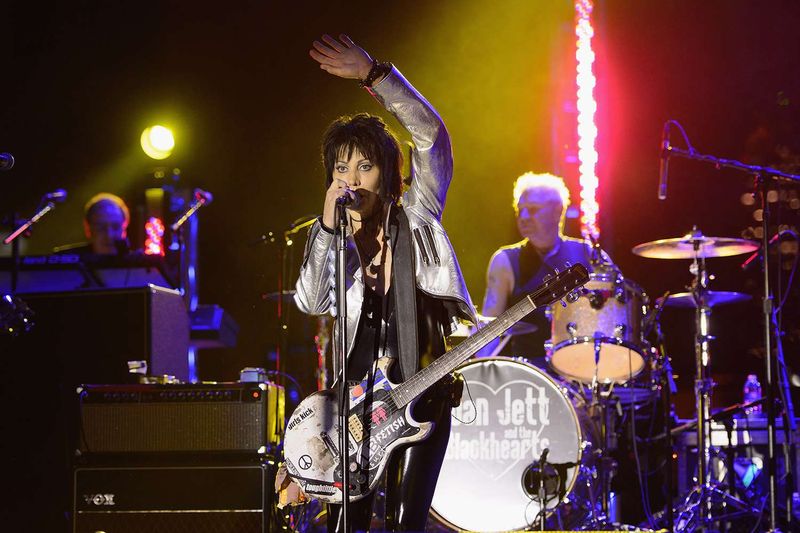
Three power chords, a snarl, and a whole lot of attitude—that’s the Joan Jett formula that changed rock forever. From her teenage years in The Runaways to her anthem “I Love Rock ‘n’ Roll,” Joan built her legend on straightforward, no-nonsense rock that kicks down doors.
Her signature black shag haircut and leather jacket created an instantly recognizable silhouette. After being rejected by 23 record labels, she founded Blackheart Records, becoming one of rock’s most successful independent artists.
Joan’s influence extends far beyond music—she showed generations of young women that they could pick up guitars and play just as hard and loud as the boys. Her induction into the Rock and Roll Hall of Fame in 2015 was long overdue recognition.
9. Amy Lee
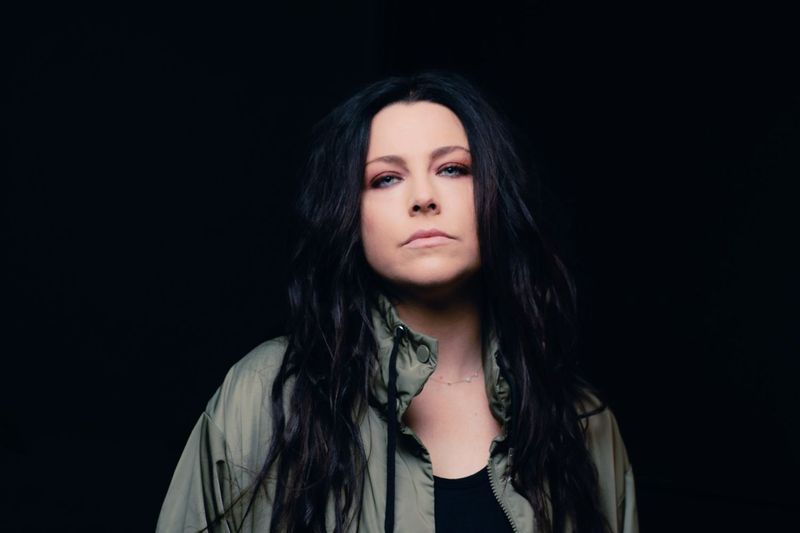
When Amy Lee’s haunting soprano first soared over the nu-metal landscape in 2003, it was clear a unique voice had arrived. As Evanescence’s frontwoman, her classically influenced vocals brought an operatic grandeur to rock that felt both ancient and futuristic.
Her piano-driven compositions like “My Immortal” showcase a melodic sensitivity rarely found in heavy music. The contrast between Amy’s delicate piano work and the band’s crushing guitars created a template for a generation of gothic-tinged rock.
With her Victorian-inspired fashion and striking eyes, Amy created a visual presence as memorable as her voice. Her lyrics exploring grief, depression, and resilience connected deeply with fans seeking emotional catharsis through music.
10. Patti Smith
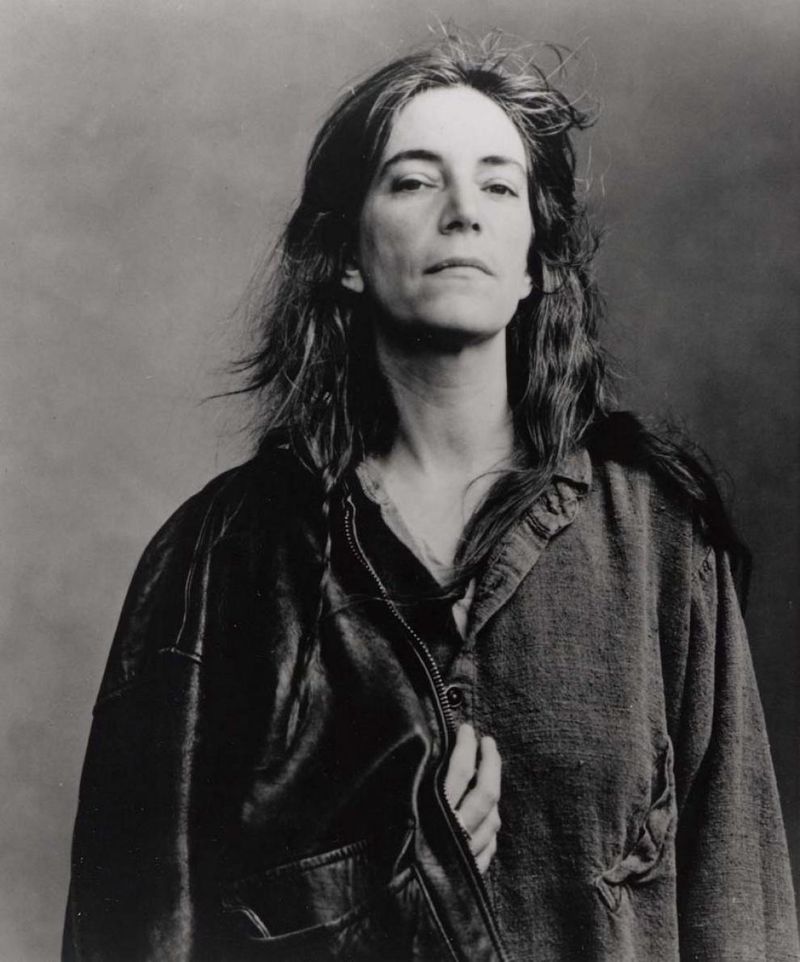
Raw, unfiltered, and utterly authentic—Patti Smith merged poetry and rock with revolutionary results. Her landmark 1975 album “Horses” opened with the declaration “Jesus died for somebody’s sins, but not mine,” announcing a new voice that refused categorization.
Unlike many rock performers, Patti’s power comes not from technical vocal perfection but from the intensity of her delivery. Her androgynous style and rejection of conventional beauty standards created space for artists who didn’t fit the traditional mold.
Beyond music, she’s an accomplished poet, author, and visual artist. Patti’s artistic integrity and refusal to compromise have made her a spiritual godmother to generations of independent musicians who value authenticity over commercial appeal.
11. Alanis Morissette

When “Jagged Little Pill” exploded in 1995, Alanis Morissette’s raw emotional honesty hit like a cultural earthquake. Her distinctive vocals—alternately whispered, wailed, and growled—captured the angst and complexity of young womanhood with unprecedented candor.
Songs like “You Oughta Know” transformed personal rage into universal anthems. Her stream-of-consciousness lyrics and willingness to explore uncomfortable emotions made her the voice of a generation searching for authenticity in the post-grunge era.
Beyond the anger that initially defined her, Alanis evolved into exploring spirituality, motherhood, and healing. Her influence can be heard in countless artists who followed her path of emotional transparency and unvarnished self-expression.
12. Gwen Stefani
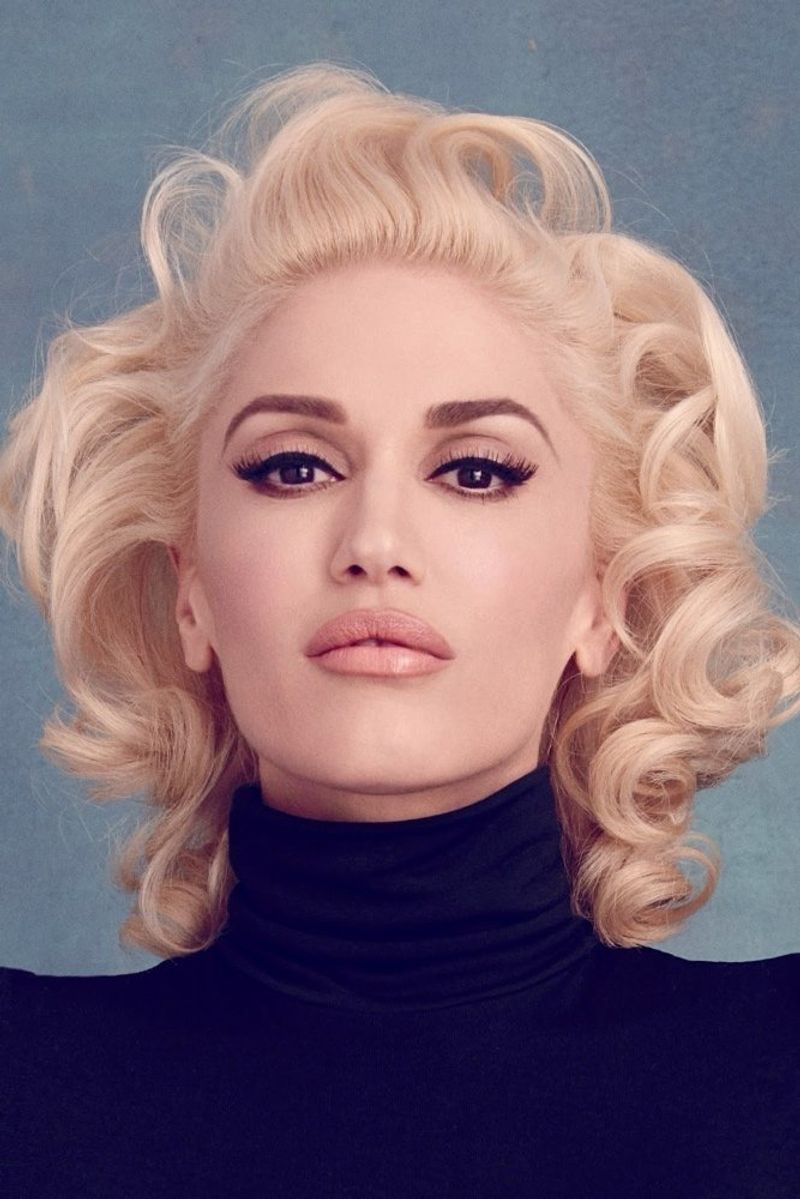
With her platinum hair, bindis, and crop tops, Gwen Stefani burst onto the 90s rock scene as No Doubt’s energetic frontwoman. Her distinctive voice—capable of both ska-punk shouts and vulnerable balladry—made hits like “Don’t Speak” and “Just a Girl” instant classics.
Gwen stood out in the male-dominated ska and alternative rock scenes with her unique blend of tomboy energy and pin-up glamour. Her fashion sense evolved from DIY punk to sophisticated couture, eventually launching her successful L.A.M.B. clothing line.
Her solo career revealed her chameleon-like ability to reinvent herself while maintaining her core identity. From Orange County punk clubs to global pop stardom, Gwen’s journey represents the possibilities of female ambition and creative evolution in rock.
13. Sheryl Crow

Armed with a guitar, raspy voice, and everyday poetry, Sheryl Crow crafted a sound that bridged rock, folk, country and pop. Her breakout 1993 album “Tuesday Night Music Club” introduced a songwriter who could capture small moments of American life with remarkable clarity.
Unlike more theatrical performers, Sheryl’s appeal comes from her authenticity and musical versatility. Songs like “If It Makes You Happy” and “Everyday Is a Winding Road” showcase her gift for memorable hooks and relatable narratives.
A breast cancer survivor and environmental activist, Sheryl brings substance to her stardom. Her longevity in the industry speaks to her genuine musicianship—she plays multiple instruments and produces her own work, standing as a complete artist beyond just a voice.
14. Hayley Williams
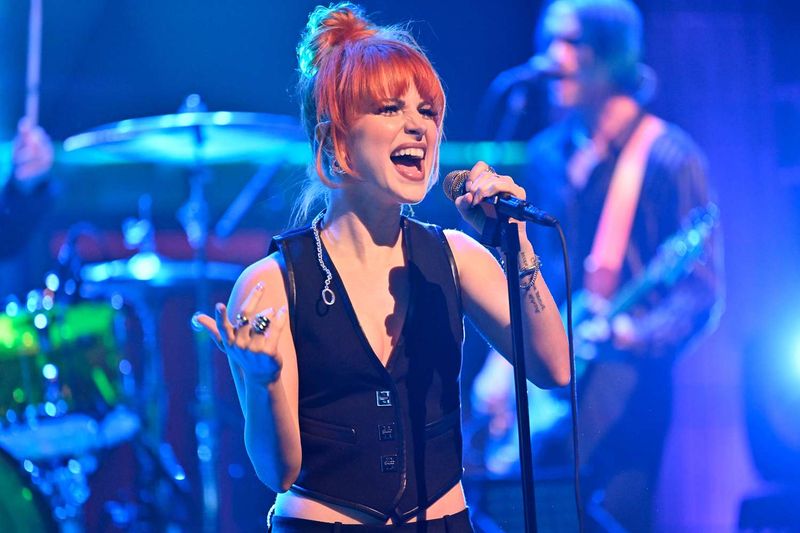
With her fiery orange hair and even fierier vocals, Paramore’s frontwoman redefined what it means to be a woman in rock. Her incredible range allows her to switch from delicate whispers to powerful screams in seconds, making her performances electrifying.
Hayley climbed to fame as a teenager but evolved into a sophisticated artist who tackles complex emotions through her lyrics. Her energetic stage presence has inspired countless young fans to pick up instruments themselves.
Fun fact: Despite her confident persona, Williams has been open about her struggles with depression, using her platform to advocate for mental health awareness while continuing to create music that resonates with millions worldwide.
15. Taylor Momsen
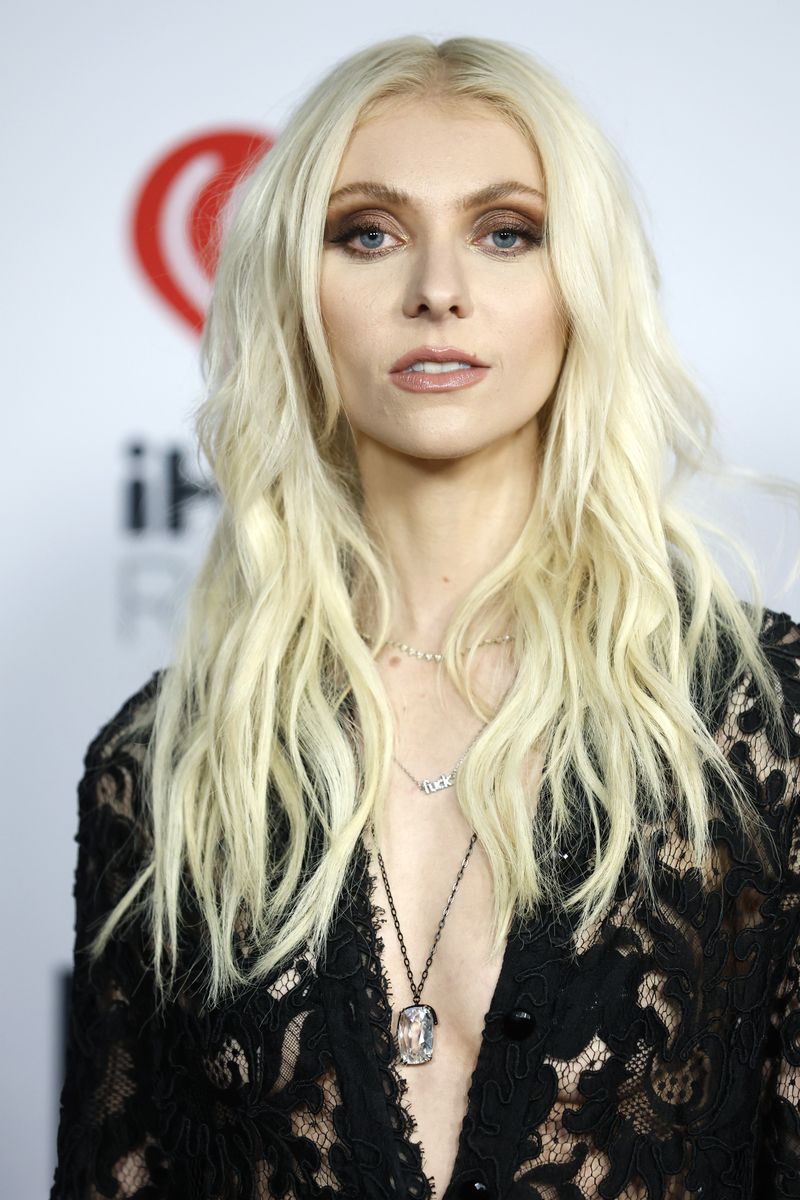
From child actress to legitimate rock frontwoman, Taylor Momsen’s transformation shocked those who only knew her from “Gossip Girl” or “How the Grinch Stole Christmas.” With The Pretty Reckless, she unleashed a surprisingly powerful, smoky voice that can handle everything from bluesy growls to vulnerable ballads.
Her provocative early performances—complete with garter belts and heavy black eyeliner—announced her complete break from her child star past. Behind the dramatic image lies serious musical dedication and songwriting talent.
Songs like “Heaven Knows” showcase her old-soul voice that seems impossible coming from someone so young. As she’s matured, Taylor has earned respect in the rock world through consistent touring and a growing catalog of hard-hitting material.
16. Lita Ford
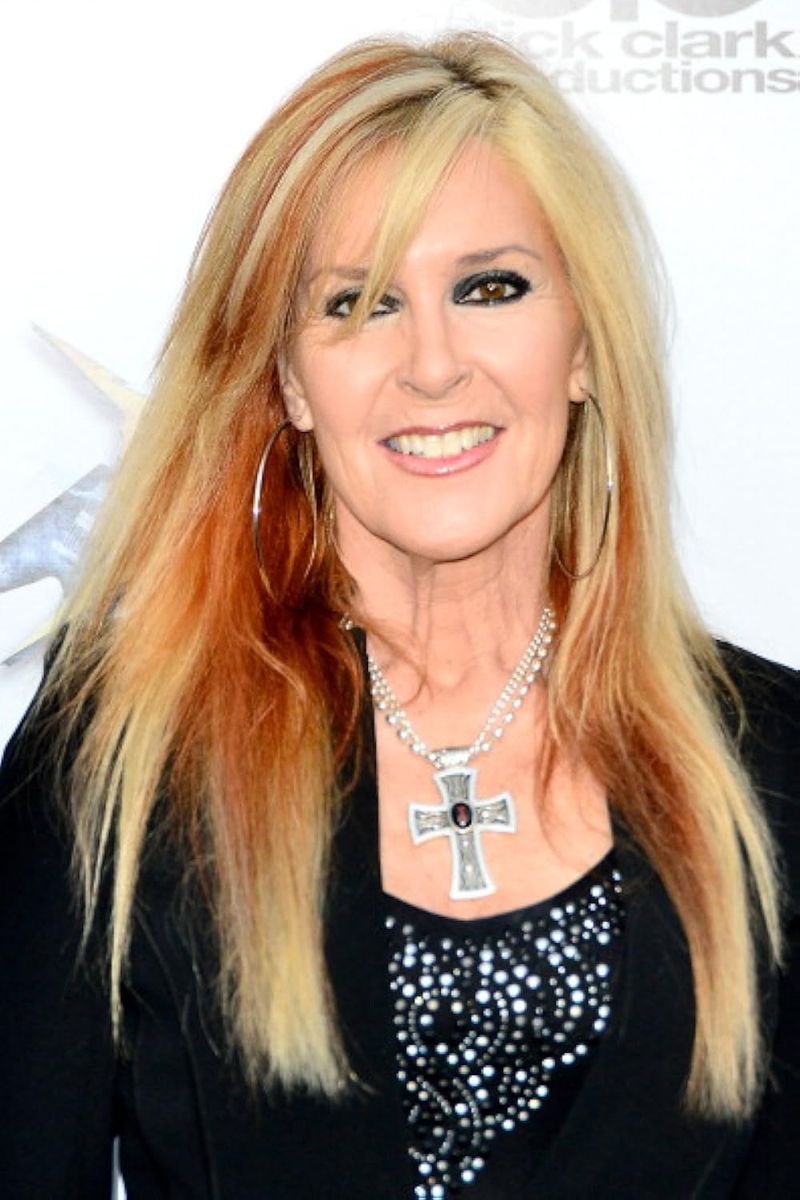
Guitar in hand and leather on her back, Lita Ford crashed through heavy metal’s gender barriers with both technical skill and attitude. After cutting her teeth in the pioneering all-female rock group The Runaways alongside Joan Jett, she carved out a solo career in the testosterone-dominated 80s metal scene.
Unlike many female performers of the era, Lita wasn’t just a singer—she was a legitimate shredder whose guitar solos could stand alongside male contemporaries.
Her hit “Kiss Me Deadly” and duet with Ozzy Osbourne “Close My Eyes Forever” showcased both her powerful vocals and musical chops. With her blonde mane and leather outfits, Lita created a template for women in hard rock that balanced femininity with undeniable musical authority.
17. Sharon den Adel
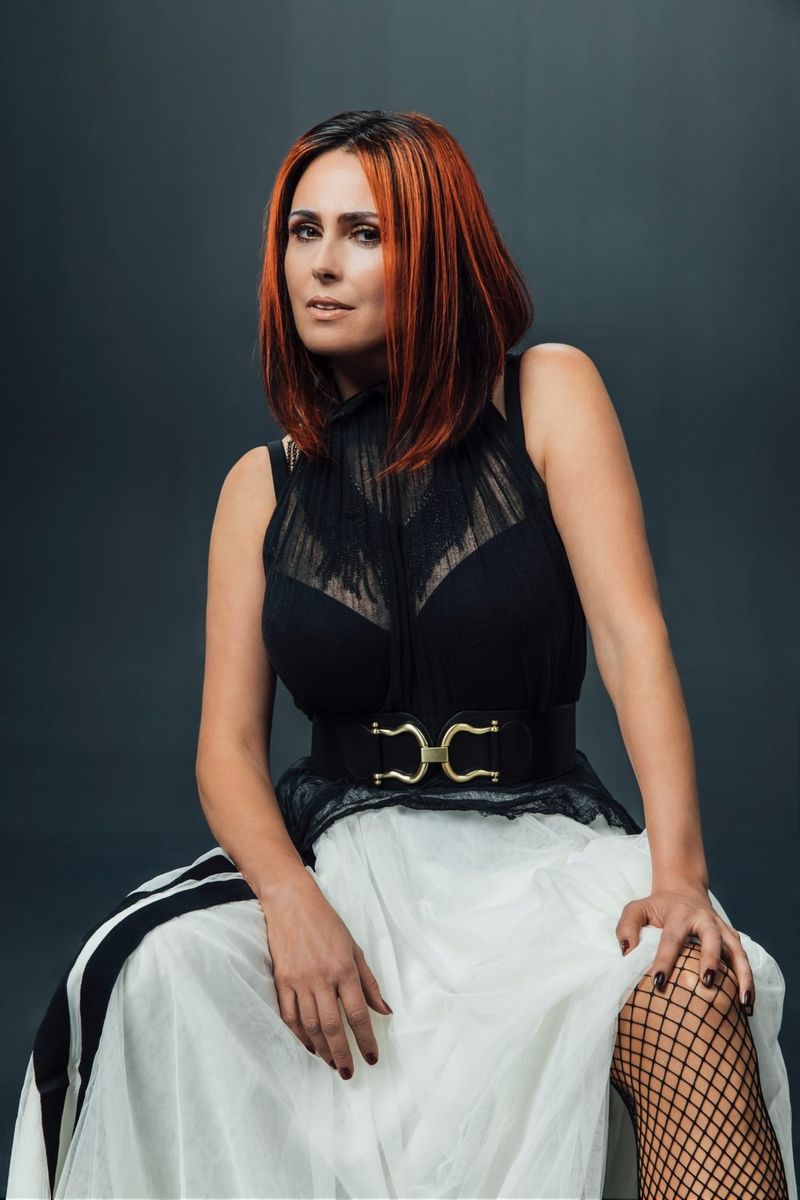
The ethereal voice floating above Within Temptation’s gothic metal belongs to Dutch vocalist Sharon den Adel. Her soprano can shift from delicate vulnerability to operatic power, creating dramatic soundscapes that blend classical influences with hard rock foundations.
With her flowing gowns and theatrical stage presence, Sharon embodies the fantasy elements of Within Temptation’s music. Unlike many metal vocalists, she avoids harsh screaming in favor of emotional clarity and melodic precision.
Beyond her vocal talents, Sharon co-writes the band’s material and helps shape their visual aesthetic. Her influence has been crucial in the development of female-fronted symphonic metal, inspiring countless bands that combine orchestral grandeur with rock intensity.

Comments
Loading…